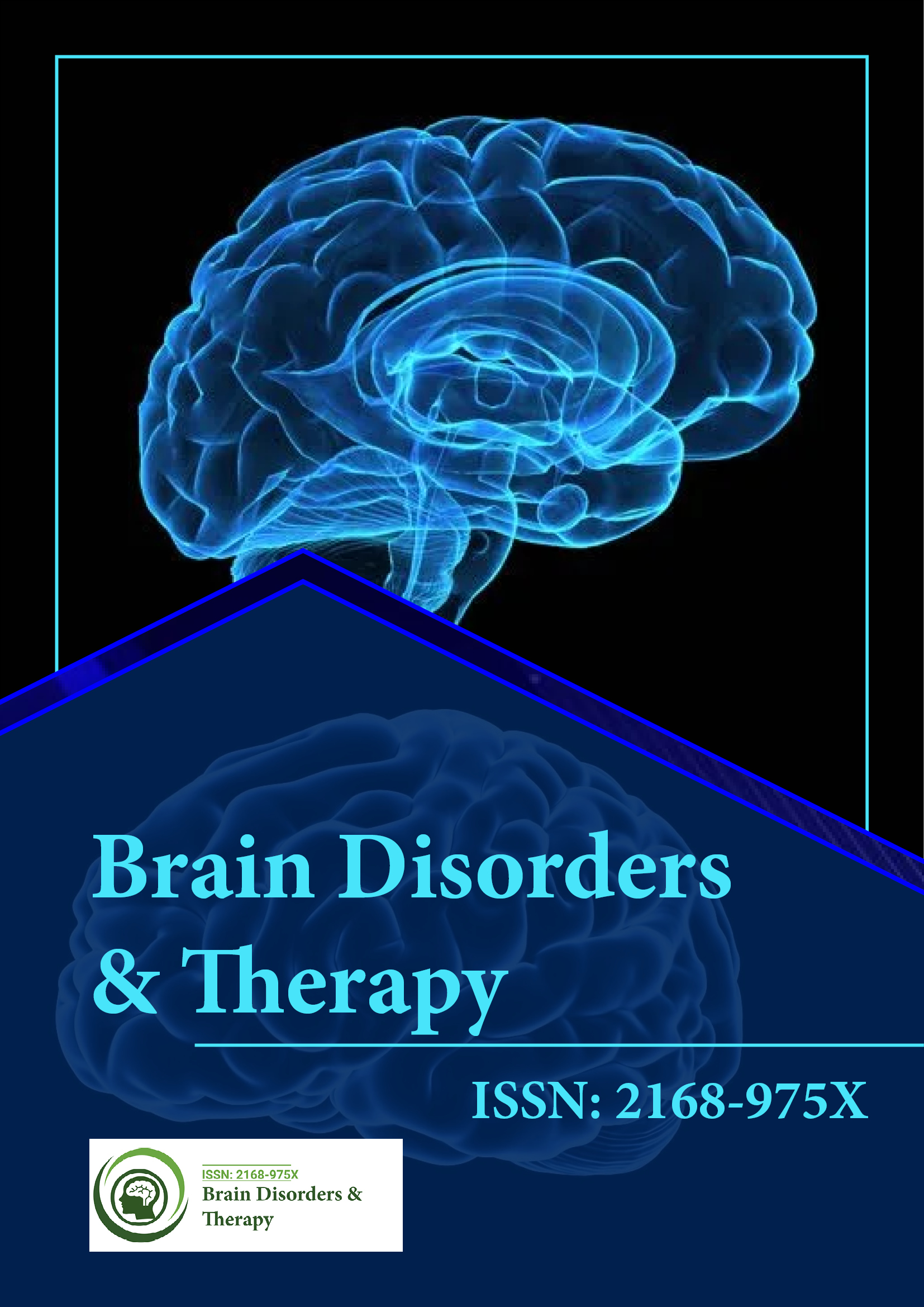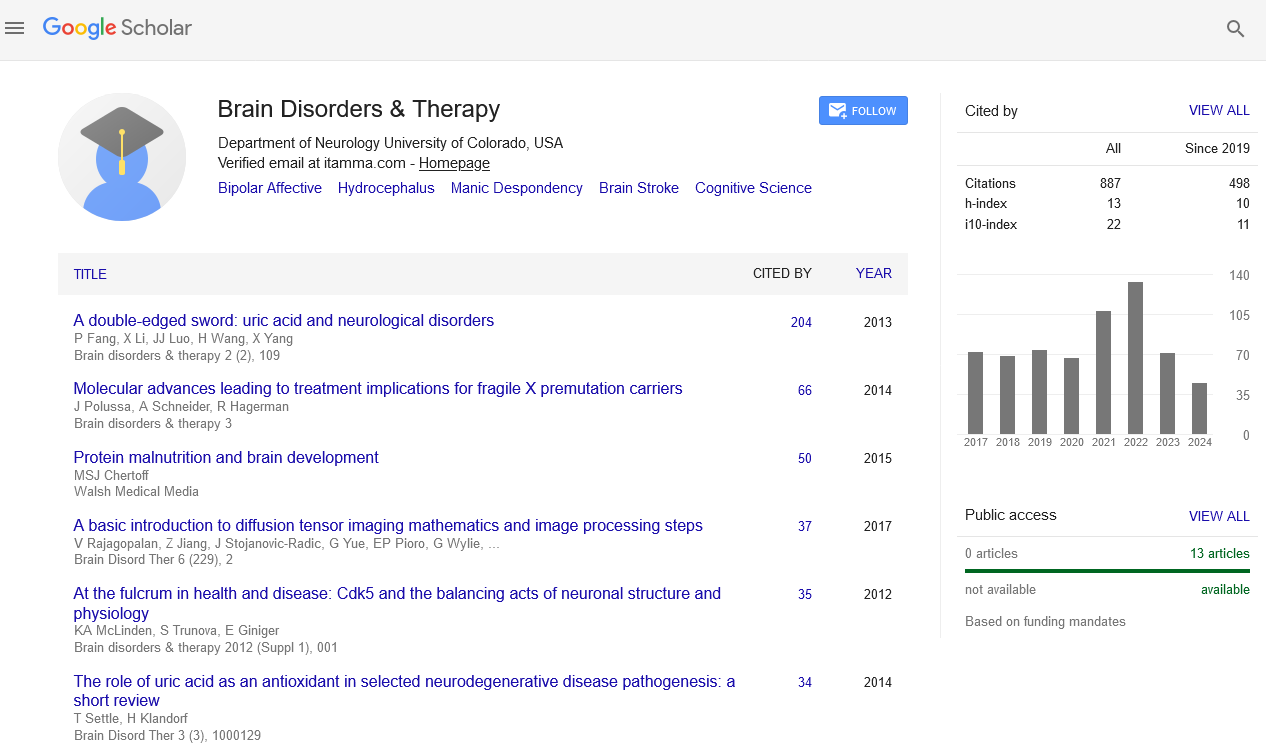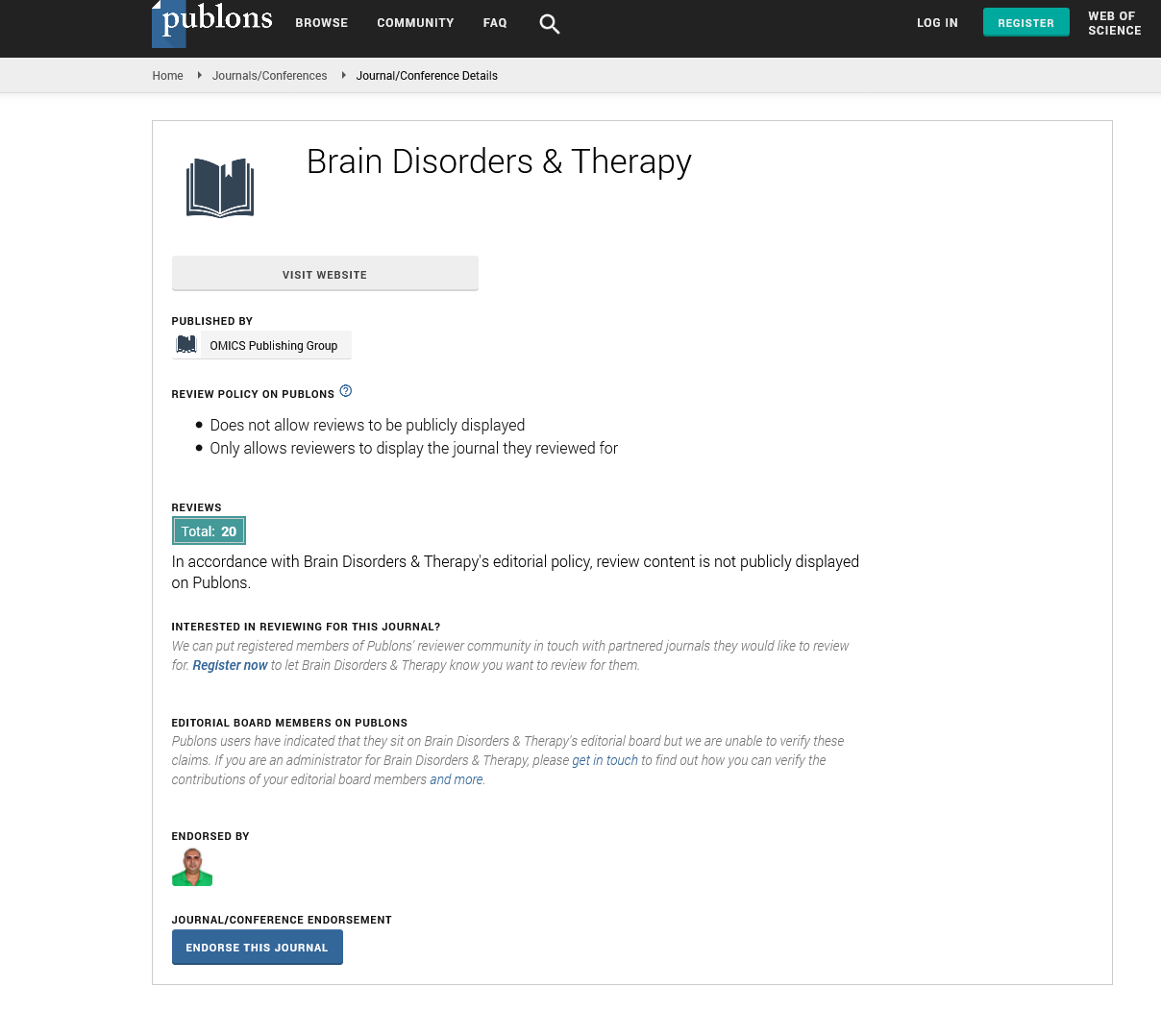Indexed In
- Open J Gate
- Genamics JournalSeek
- JournalTOCs
- RefSeek
- Hamdard University
- EBSCO A-Z
- OCLC- WorldCat
- Publons
- Geneva Foundation for Medical Education and Research
Useful Links
Share This Page
Journal Flyer

Open Access Journals
- Agri and Aquaculture
- Biochemistry
- Bioinformatics & Systems Biology
- Business & Management
- Chemistry
- Clinical Sciences
- Engineering
- Food & Nutrition
- General Science
- Genetics & Molecular Biology
- Immunology & Microbiology
- Medical Sciences
- Neuroscience & Psychology
- Nursing & Health Care
- Pharmaceutical Sciences
Comparison of Temporal-Spatial Gait Variabels and Joint Kinematics Between Stepping Exercise and Walking Pattern in Patients with Stroke - a Pilot Study
3rd International Conference on Neurological Disorders and Brain Injury
April 18-19, 2017 London, UK
Wei-Chun HSU, Po-Yi Chiang, Yi-Hui Chen, Yi-Jia Lin and Chao-Chin Chang
National Taiwan University of Science & Technology, Taiwan
Scientific Tracks Abstracts: Brain Disord Ther
Abstract:
Recumbent seated stepper exercise is becoming popular for the lower extremity rehabilitation as it is than upright cycling and treadmill walking and thus is an ideal exercise option. Two patients with stroke were invited to participate in the experiments. Passive markers were placed on the pelvis and lower limbs while ultra-high resolution infrared cameras (Qualisys, 700+, Sweden) were used to perform motion capturing when stepping and walking. In comparisons with stepping and walking, the stepping task had shorter pushing phase compared with the corresponding weight-bearing stance phase of walking. Hip angle kept flexed throughout the stepping phase which was very different from those during level walking. The pattern of knee angular displacement during pushing phase were not similar to those during stance phase of level walking; while the peak flexion pattern found during returning phase was similar the necessity of a prominent peak found during swing phase of the walking condition. Although the swing phase of walking and returning phase of stepping were fundamentally different due to the weight bearing condition, non-weight bearing for the walking and partial weight bearing for the steeping tasks, this peak might be helpful to transfer the ability of flexion movement of the knee joint during training to a sufficient foot clearance during swing phase of level walking. Ankle angle had an opposite direction of movement during these two motions. As a whole, the patterns of stepping and level walking were different except the swing/retuning phase of walking/stepping.
Biography :
Wei-Chun Hsu received the B.S. degree in physical therapy in 1998, and the M.S. degree in Mechanical Engineering from National Paris XII University, France, in 2000, and the Ph.D. degree in biomechanical engineering in 2009 from the National Taiwan University. After several years working as physical therapist in Shin-Kong hospital and one year working as post-doctoral Research Fellow at National Taiwan University, she joined National Taiwan University of Science and Technology where she is now Associate Professor at Graduate Institute of Biomedical Engineering. Her research interests include motion analysis, rehabilitation engineering, sports science, motor control and learning, and biomechanics.
Email: wchsu@mail.ntust.edu.tw


